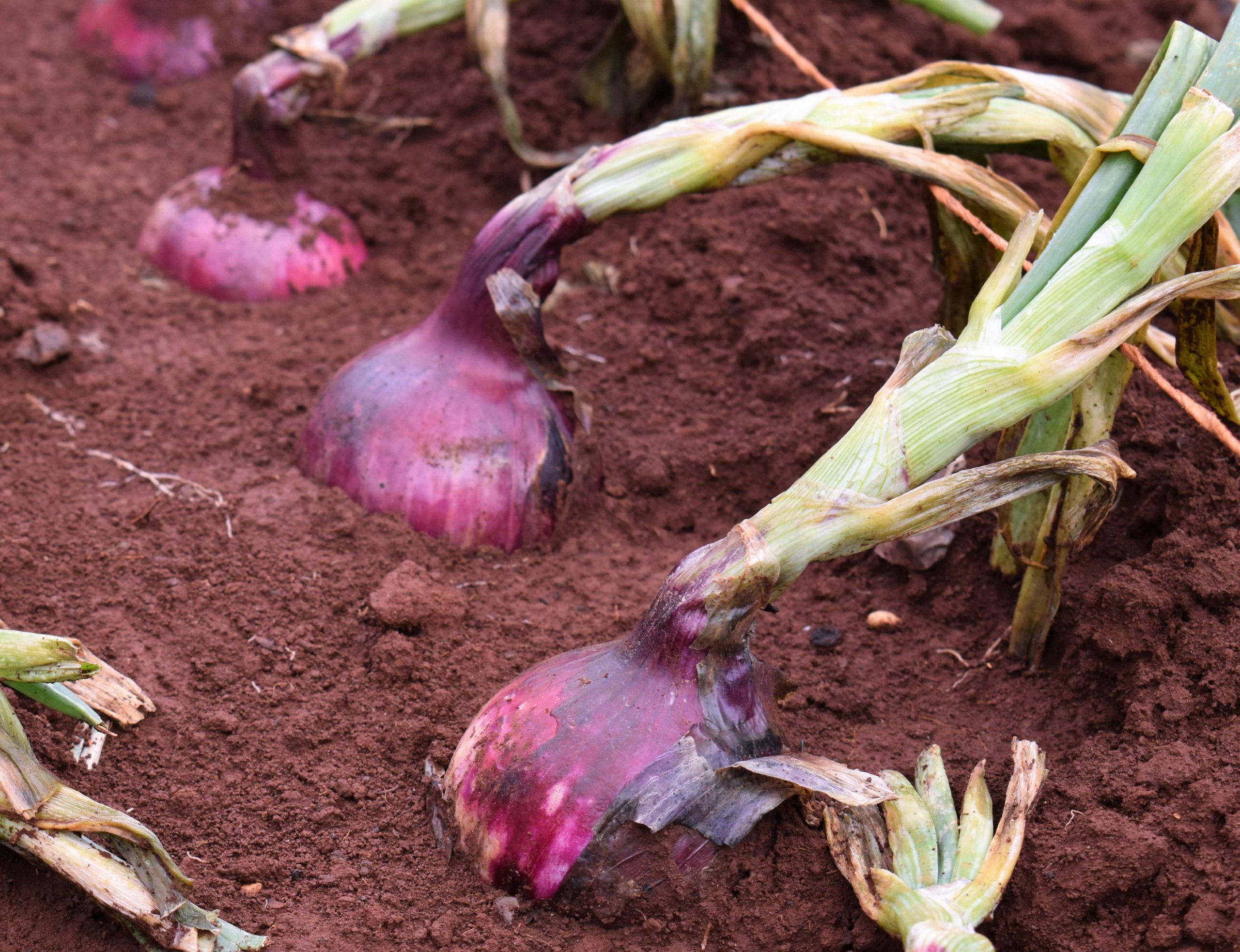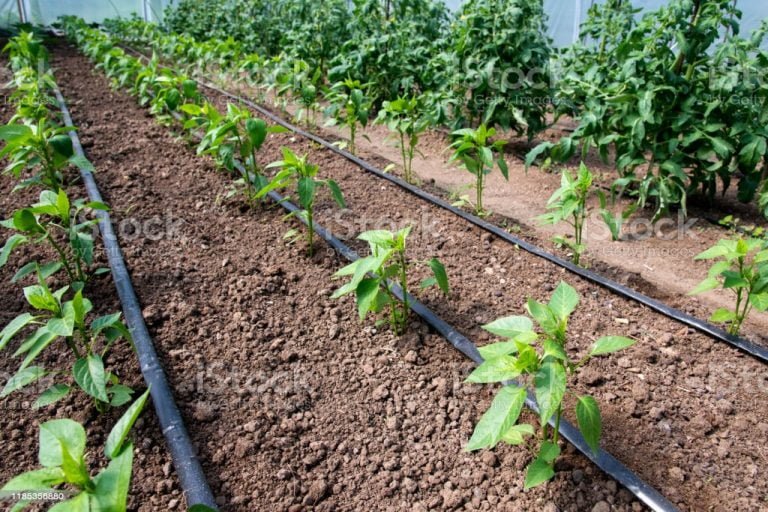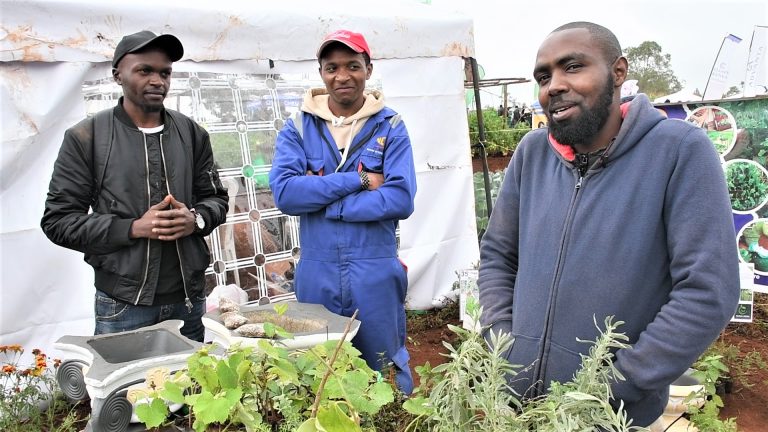By David Ndegwa
What determines the size of an onion nursery?
- The area of land intended to be planted.
- The plant population to be adopted.
Let’s say in this case we pick 1 acre to be planted under drip irrigation.
1 acre is 4000m² and therefore we can take convenient dimensions like 80m by 50m. Let’s opt for a 1m bed and 70cm or 60cm pathways so, 1.7m bed plus pathways. The No of beds to be made along the 80m length = 48 beds of 50m length. We want to have 8 rows of onions with 4 driplines in a bed.
An ideal onion diameter is approx. 7cm and therefore we adopt 8cm between seedlings.
Using this spacing, we should achieve 8 rows and 13 seedlings in 1m = 13×8 = 104 seedlings per m² x 50m x 48 beds = 249,600 seedlings per acre.
In most cases, 1kg of onion seeds has approximate 250,000 seeds. Due to germination percent aspects from the above calculation, 1.25 or 1.5kgs is ideal if 1 acre is to be fully transplanted.
Now we know we need to make a nursery to fit in 250k plus 125k seeds = 375,000 seeds
As a rule of thumb, a Nursery is 1m wide by any length and therefore the row length will be 1m spaced at 12cm and it will take 100 seeds per row.
What about the number of rows required? 375, 000/10 = 3750 x 12cm = 450,00cm or 450m.
How many beds of 50m length will the nursery occupy? 450/ 50 = 9 beds.
Nursery preparation.
- Make 9 beds of 50m length.
- Apply 10 bags of manure put into 50kg fertilizer bags spaced at 5m apart.
- Apply 2kgs of DAP per bed and mix to homogeneity i.e. manure, fertilizer and soil.
- Rake the bed flat removing all the clods.
- Make tiny furrows 2 inches deep. Sprinkle seeds approx. 100 seeds per meter.
- Cover with light soil.
- Irrigate properly using a watering can.
- Spray stomp or any pendimethalin based herbicide.
- Cover with mulch and keep on irrigating daily.
- Remove the mulch materials as soon as germination starts.
- Keep on irrigating until the seedlings attain pencil thickness or 6mm diameter.
The seedlings are now ready for transplanting. Uproot the seedlings and grade the ones that have attained the right diameter. Plant the tiny ones in separate beds to avoid competition with the string ones.











